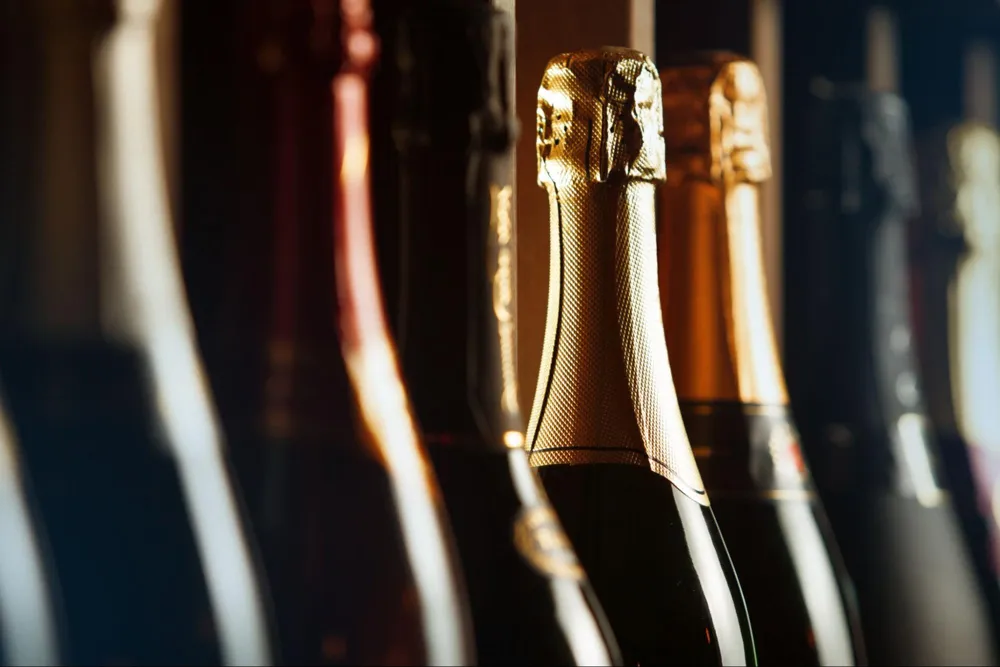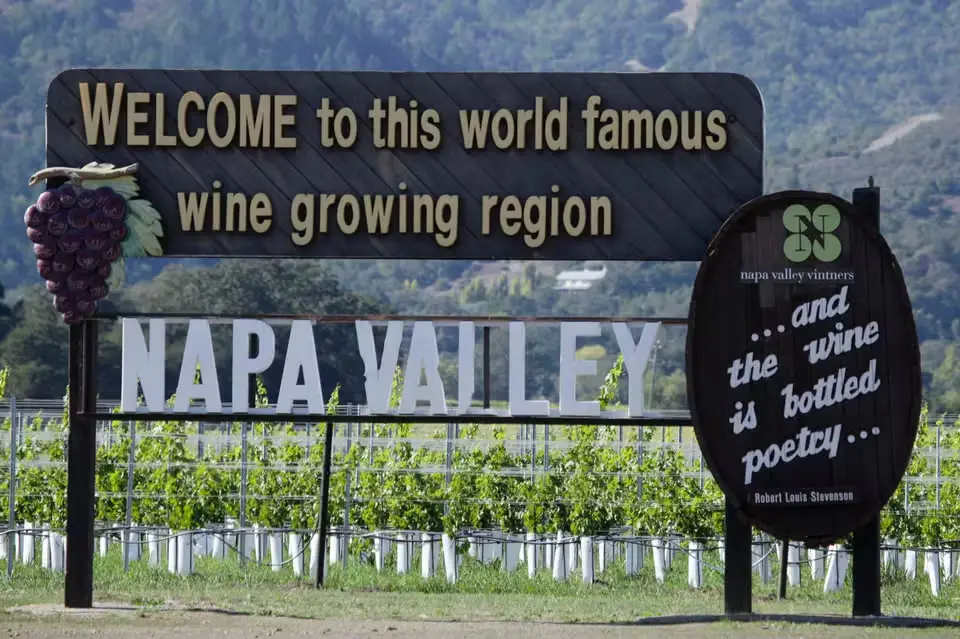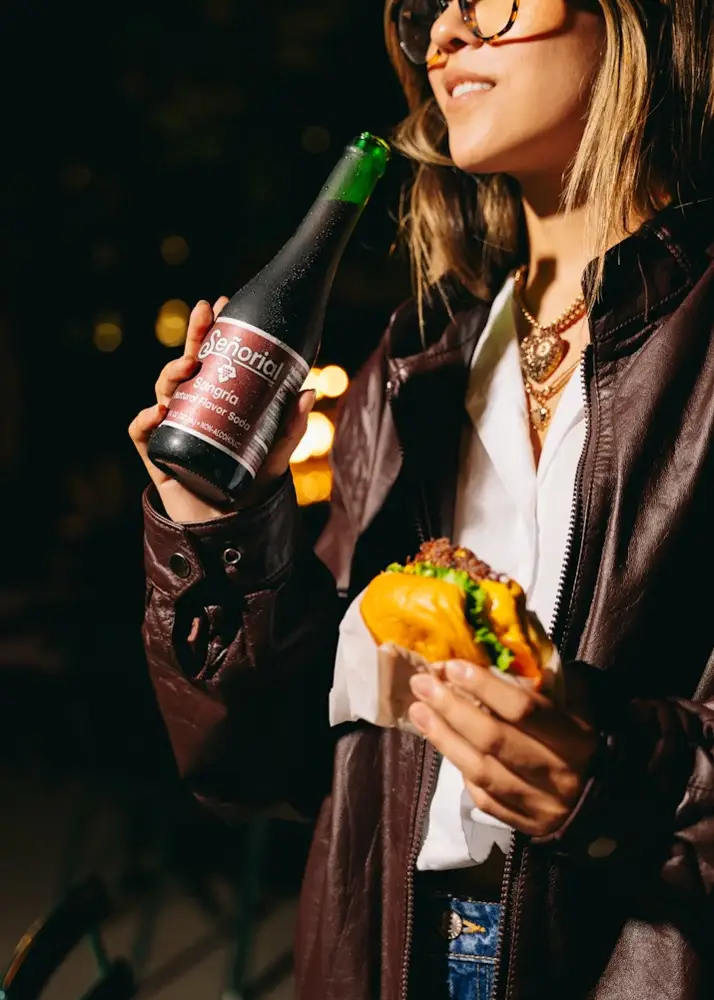How to Decode Sparkling Wine Labels
Exploring the vibrant landscape of sparkling wine labels is an adventure in taste, tradition, and terminology. Words like Brut, Frizzante, Blanc de Noirs, and Vintage Champagne are keys to understanding the treasures within each bottle, revealing the depth of sweetness, the fizz, and the elegance of style and quality. With a little practice, you can memorize the most important terms and learn the differences in styles and wine quality.

The Spectrum of Sweetness in Sparkling Wine
The sweetness of wine is determined by the dosage, which is added before the bottle is corked. The dosage, a mixture of sugar and wine, can influence the final color and determines the wine's final sweetness. Bearing in mind that wine is dry after the second fermentation, winemakers have the ability to easily adjust the sweetness level.
The most common sweetness levels are:
- Brut Nature / Brut Zero: The driest of all, with less than 3 grams of residual sugar per liter. No dosage is added.
- Extra Brut: Very dry, with 0 to 6 grams of residual sugar per liter.
- Brut: Dry, with less than 12 grams of residual sugar per liter. This is the most common style of sparkling wine.
- Extra Dry / Extra Sec: Off-dry, with 12 to 17 grams of residual sugar per liter. Despite the name, these wines are slightly sweeter than Brut.
- Dry / Sec: Contains 17 to 32 grams of residual sugar per liter. These wines are noticeably sweeter than Brut and Extra Dry.
- Demi-Sec: Quite sweet, with 32 to 50 grams of residual sugar per liter. This style is often paired with desserts.
- Doux: The sweetest style, with more than 50 grams of residual sugar per liter. Doux wines are a good match for desserts. Some wine lovers also enjoy adding ice cubes to their wines.
How Do Bubbles Get Into the Bottle?
The effervescence in sparkling wines, those captivating bubbles that dance in your glass, is the result of meticulous processes that infuse CO2 into the wine. Though the methods are diverse, they primarily fall into three main categories: Frizzante, Charmat/Martinotti, and the traditional method of second fermentation. These terms, often spotted on wine labels, provide insight into the production techniques used to create each sparkling wonder.
Frizzante
Frizzante indicates a wine that has undergone CO2 injection, introducing bubbles directly into the wine. This method results in wines with the lowest pressure and what some might consider lower-quality bubbles. It's a technique that offers a gently sparkling texture, distinguishing these wines with a subtle effervescence.
Charmat or Martinotti Method
Championed by Italian Prosecco producers, the Charmat or Martinotti method involves conducting the wine's second fermentation in pressurized tanks. This process, typically lasting around 30 days (though some extend it to 90 days to develop additional complexity), allows the wines to retain their fruit-driven characteristics. Extended fermentation can introduce nuances of bread and brioche. The resulting wines vary widely in quality, from light and fruity expressions to more sophisticated and nuanced creations.
Traditional Sparkling Method
Known as méthode champenoise in Champagne or traditionelle Flaschengärung in Germany, this revered process involves the wine undergoing its second fermentation within the very bottle from which it will be served. This method allows the wines to age on their lees (yeast cells) for anywhere from 9 months to several years, contributing to a depth of flavor and complexity unmatched by other methods. Sparkling wines produced in this manner range from high-quality to some of the most esteemed wines globally.
Pétillant Naturel or Méthode Ancestrale
The increasingly popular PetNat-Style, a technique predating the others. Here, wines are bottled mid-fermentation, trapping CO2 naturally produced by the yeast as it converts sugar into alcohol. This method results in a lightly fizzy wine, often dry and unfiltered, with lees commonly found at the bottom of the bottle, adding texture and depth.
Is it white or rosé?
Truly, sparkling wine has the wildest names. Blanc de Blancs and Blanc de Noirs are just fancy terms for white wine. Rosé means pink wine. However, these terms originate from the production method.
Blanc de Blancs
White from Whites, meaning that only white grapes have been used in the process. These wines are usually lighter and can express notes of brioche a bit more distinctly.
Blanc de Noirs
White from Reds, meaning that only red grapes have been used. However, this is a white wine, as the grapes either did not undergo or had minimal skin contact. They have a fuller body with higher intensity. Notes of raspberry are quite common.
Rosé
This is a pink wine. The wine can be made from white grapes, with a small percentage of red still wine added to achieve its color. Some of the best rosés are produced by macerating the grape skins and adding a small dosage of rosé wine to establish a consistent color.
Is it Vintage or Non-Vintage?
Sparkling wines are commonly non-vintage. However, some wines display a vintage on their label, which should serve as a guarantor of quality. Nonetheless, many wines without vintages can also be of exceptional quality. Vintage sparkling wines can come from Prosecco, Cava, Germany, or even Champagne. Typically, these wines are among the best in the range, and 100% of the grapes must be from that vintage.
Peter Douglas



